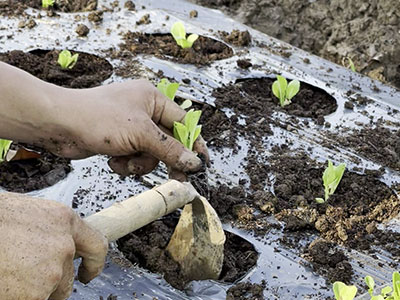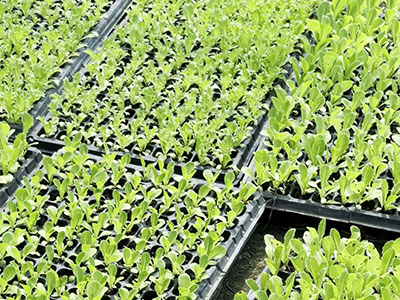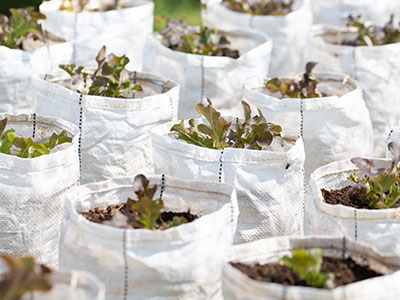In this day and age, people are paying more attention to their own health and well-being. Eating healthy plus daily workout appeals to many people, and if you’re living in a house, you’re very lucky because you can turn your front porch to a small farm.
Urban farming fits the bill for urban dwellers who live in the city or in an overpopulated town.
You need 4 things for urban farming:
Step 1: The good soils will do the trick.- You can buy the soils from stores that sell plants and gardening products.
- You can turn leftovers such as fruits, vegetables, coffee grounds, and eggshells for your indoor plants.
- You can buy bio fermented water from a garden store or plant market.
- You can use sugar as a fertilizer to promote the decomposition of organic matter in soil.
Soil mixing helps you achieve significant improvement of mechanical and physical properties of the soil, and here is how to do homemade potting soils. Mix two parts of aged manure with leftovers and put sugar on top. Stir the soils in a pot throughout and stir in 2-3 spoons of bio-fermented water with some water on top. Make sure to put some water to retain moisture and allow the soil to go into mud formation. Leave it for 7-10 days.
Step 2: You can use any container like plastic boxes to grow baby plants.
Mix 1 part of black chaff with 2 parts of coconut coir dust and then put them in a container with drainage holes. Start planting in the center and work outward. Scooping and filling as needed so that the plants wind up with soil at the same level. Water often and place it in an area where the sun doesn’t shine.
Step 3: Before you start removing your baby plants from a pot, be sure to water it well a day or two. If the roots are wet, the plant can be removed easier. If the plant won’t come out, insert a knife between the pot and the root ball. Then go around the pot to loosen roots.
Step 4: Be sure to water the plant well and the roots are wet. Simply pull it by the stem with one hand and use the other hand to hold the container. Cover the plant with soils and straws to keep it evenly moist. Place the container in a sunny location for 40 days.
Source: Office of Knowledge Management and Development (Public Organization)





